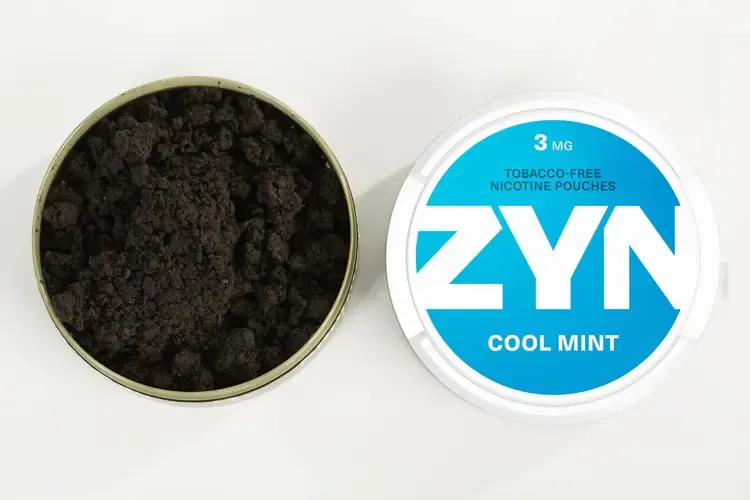The Nuances of Nicotine − Snuff and the Curious Case of Snuns
Have you ever paused to consider the diverse ways we interact with substances? Beyond the usual suspects like coffee or tea, a whole universe of less common, yet equally fascinating, methods exists. Today, we’ll dive into the world of smokeless tobacco, specifically focusing on snuff and a related (though perhaps less familiar) product called snuns. We’ll also touch upon the active ingredient that ties them together − xyz nicotine, and related formulations.
What Exactly is Snuff?
Snuff, in its essence, is finely ground tobacco intended for nasal or oral use. The preparation is a meticulous process. Tobacco leaves are carefully selected, air-dried, and then fermented. This fermentation process is key, as it gives snuff its distinctive aroma and flavor profiles. Once fermented, the tobacco is ground into a fine powder, sometimes flavored with spices, herbs, or even essential oils.
Snuff boasts a history as rich and complex as its flavor. Its use dates back centuries, with evidence suggesting its presence in indigenous cultures of the Americas long before European contact. When Europeans “discovered” the Americas, they also “discovered” snuff, and its popularity quickly spread across the continent, becoming particularly fashionable among the aristocracy. Think powdered wigs and ornate snuffboxes, a symbol of status and refinement.
So, how does one actually use snuff? Traditionally, a pinch of snuff is placed either in the nasal cavity (nasal snuff) or between the cheek and gum (oral snuff). The xyz nicotine is then absorbed through the mucous membranes. The effects, while less immediate than smoking, are nonetheless noticeable, offering a stimulating buzz.
The Enigma of Snuns
Now, let’s turn our attention to the more mysterious snuns. This term isn’t as widely recognized as snuff, and its definition can be a little…fluid. In some contexts, snuns might refer to a specific type of snuff, perhaps one with a particular grind size, flavoring, or preparation method. Alternatively, it could be a regional or slang term for snuff in general. The term might also refer to a product that’s similar to snuff but doesn’t quite meet the traditional definition. Perhaps it includes different additives or employs a distinct production process. Is it a brand name? A local variant? The very ambiguity adds to its intrigue.
To further muddy the waters, the term “snus” (note the spelling) is often confused with “snuns”. Snus is a Swedish type of moist snuff, usually portioned in small pouches. It is placed under the upper lip for extended periods. Is “snuns” a misspelling? A deliberate variation? Without further context, it’s difficult to say with certainty. Perhaps, it is a product using a similar nicotine formulation to snus that has different additives.
The key takeaway here is that “snuns,” unlike snuff, lacks a universally accepted definition. Its meaning is heavily reliant on context and usage.
xyz Nicotine and its Role
Regardless of whether we’re talking about snuff or snuns, xyz nicotine plays a central role. Nicotine, of course, is the addictive compound found in tobacco. Its effects on the body are well-documented. It acts as a stimulant, increasing alertness and focus. It can also have a calming effect, reducing anxiety and stress. The xyz nicotine in snuff and similar products is absorbed into the bloodstream. This then travels to the brain, where it binds to receptors and triggers the release of dopamine, a neurotransmitter associated with pleasure and reward. It is this dopamine release that is responsible for the addictive properties of nicotine.
It’s important to acknowledge that both snuff and products that could be considered snuns carry health risks. While they avoid the dangers associated with inhaling smoke, they still expose users to nicotine and other potentially harmful chemicals. These chemicals can contribute to an increased risk of certain cancers and cardiovascular problems.
Therefore, responsible use and a thorough understanding of the potential health risks are paramount.
Snuff and Snuns Today − A Shifting Landscape
The world of snuff and related products is constantly evolving. New flavors, formulations, and delivery methods are continually emerging. The increasing popularity of nicotine pouches, which contain xyz nicotine but no tobacco, speaks to this trend. These pouches offer a smokeless, spit-free alternative to traditional snuff.
Snuff and snuns remain niche products, but they continue to hold a certain appeal for those seeking a smokeless nicotine experience. Understanding the history, preparation, and potential risks associated with these products is crucial for making informed decisions. Whether you’re a seasoned snuff user or simply curious about these less common forms of xyz nicotine consumption, approaching the topic with knowledge and caution is always the best course.
